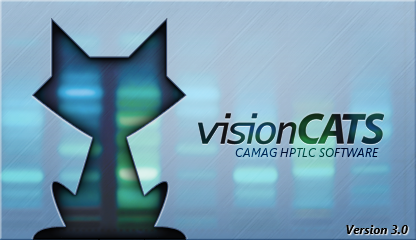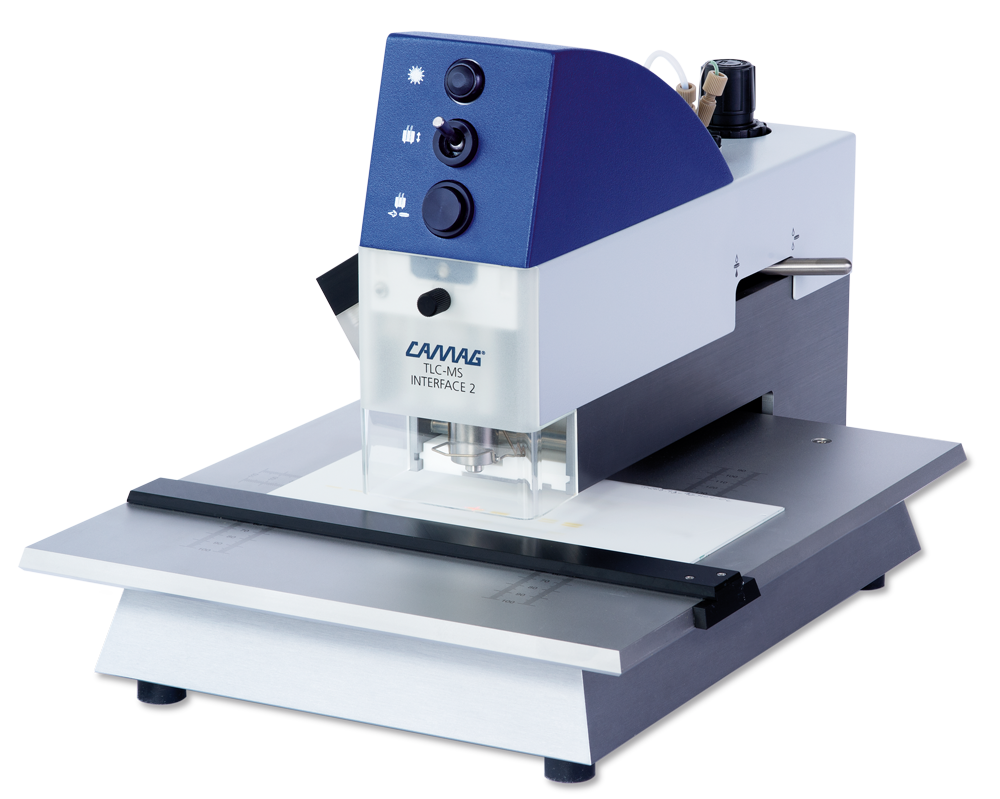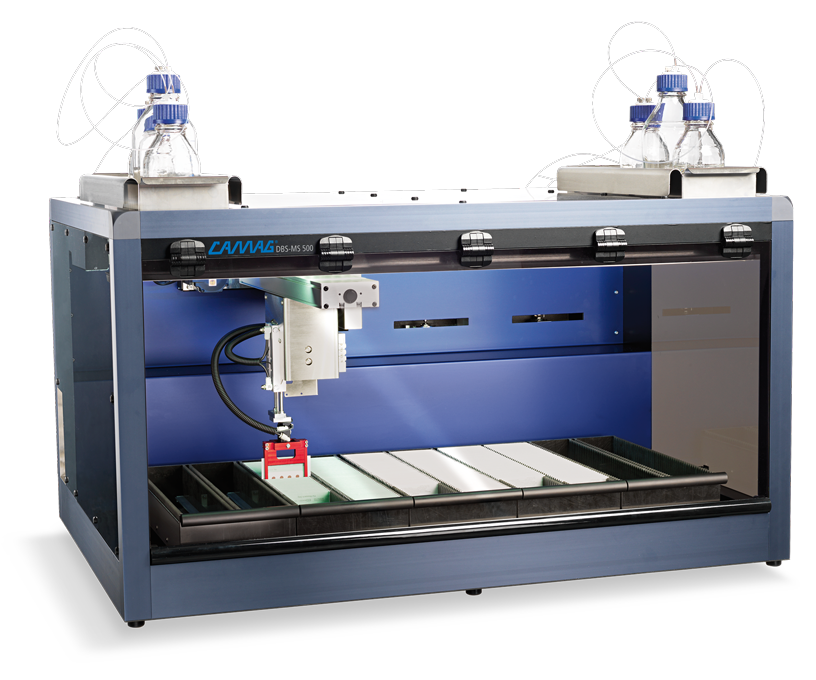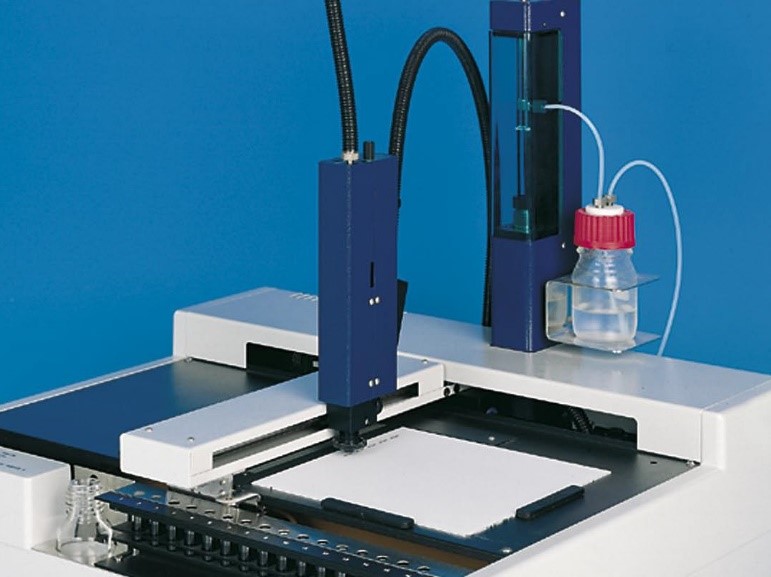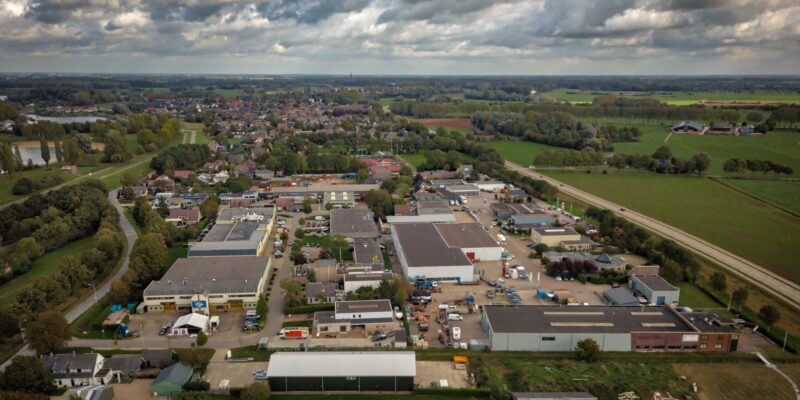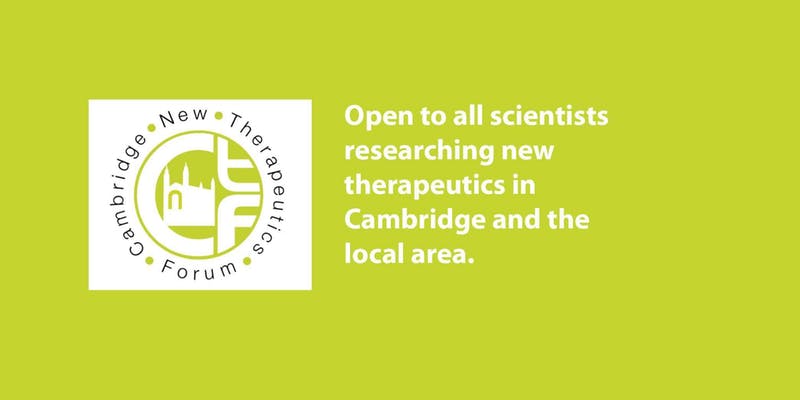Our Vision & Strategy
To create value for our customers by providing instruments, analytical and diagnostic methods and training to analysts worldwide, to allow the direct analysis of diverse samples gained directly from complex matrices by means of instrumental High-Performance Thin-Layer Chromatography (HPTLC) or of instrumental Dried Matrix Spot Extraction (DMS); successfully implemented in case the use of these methods produce the best possible analytical or diagnostic result, at a competitive price and leaves a satisfied customer. CAMAG creates, tests and produces all instruments solely in Switzerland – “SWISS MADE”, and provides them to its worldwide customers through its subsidiaries and dedicated distributors (more than 70).
Our History
CAMAG was founded by the German Chemist Dr. Dieter Jänchen (1927-2018) in 1958 as “Chemie-Erzeugnisse und Adsorptionstechnik Muttenz AG”. The first product produced was activated Aluminium oxide, still sold today in bulk quantities. In 1961, CAMAG entered the analytical field of Thin-Layer Chromatography (TLC). We extended our market position over the years to become the world leader in instrumental High-Performance Thin-Layer Chromatography (HPTLC). In most analytical laboratories in the world, you will find at least one of our instruments. Lately, CAMAG has entered the diagnostics field by developing a fully automated, high-throughput device for the metabolite extraction of Dried Matrix Spot cards.




